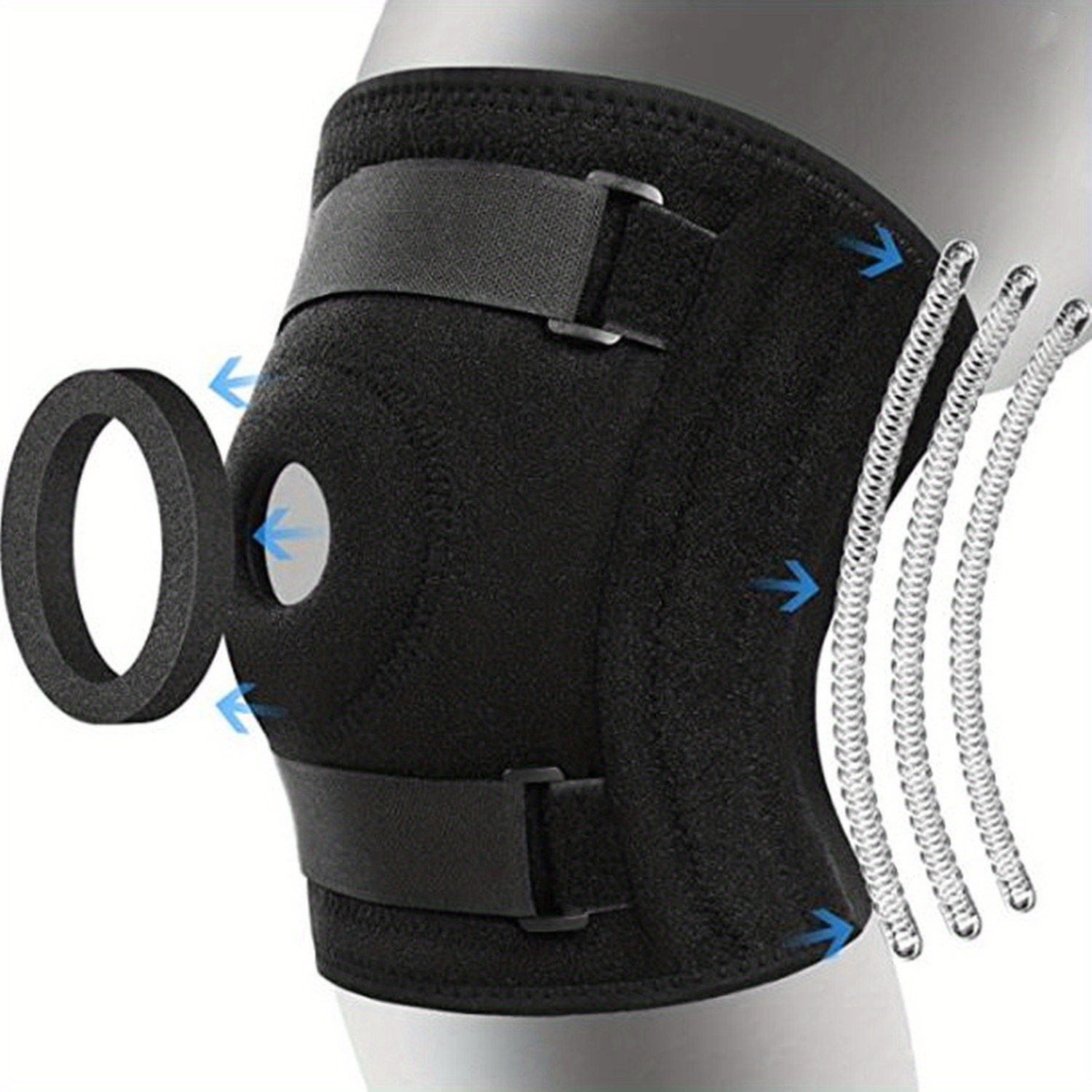Business Fleet Insurance: Everything You Need To Know

Overview
Welcome to our blog post on business fleet insurance! If you are a business owner or manager with a fleet of vehicles, you have come to the right place for all the information you need.
In this comprehensive guide, we will walk you through everything you need to know about business fleet insurance, from understanding its purpose to choosing the right coverage options and managing your policy effectively.
So, grab a cup of coffee and get ready to dive into the world of business fleet insurance!
Understanding Business Fleet Insurance
Business fleet insurance is a specialised insurance coverage designed for businesses that own or use multiple vehicles. It provides protection against potential financial losses resulting from accidents, theft, or damage to these vehicles. Unlike personal auto insurance, which covers individual drivers and their personal vehicles, business fleet insurance covers the entire fleet and all authorised drivers.
The primary purpose of business fleet insurance is to protect your business assets and ensure you can continue your operations smoothly during an unexpected incident. It offers financial protection for vehicles, drivers, and third parties involved in accidents. Business fleet insurance safeguards your business and demonstrates your commitment to responsible business practices.

Types of Business Fleet Insurance Coverage
When it comes to business fleet insurance, there are several coverage options to consider. Understanding these options will help you choose the right coverage for your fleet. Let’s take a closer look at some common coverage types:
- Liability Coverage: This is the most basic and essential coverage for any business fleet. It protects you against claims for injuries or property damage caused by your vehicles. Liability coverage typically includes both bodily injury liability and property damage liability.
- Collision Coverage: Collision coverage pays for repairs or replacement of your fleet vehicles in the event of an accident, regardless of who is at fault. It is especially important if your business relies heavily on its vehicles for daily operations.
- Comprehensive Coverage: Comprehensive coverage goes beyond collision coverage and protects your fleet vehicles against non-collision-related theft, vandalism, or natural disasters. This coverage is precious if your vehicles risk theft or damage in specific locations.
- Uninsured/Underinsured Motorist Coverage: This coverage is designed to protect your business in an accident involving an uninsured or underinsured driver. It helps cover medical expenses, vehicle repairs, and other related costs when the other driver cannot provide adequate compensation.
To better illustrate these coverage options, let’s consider a scenario. Imagine one of your fleet vehicles is involved in an accident, causing damage to another vehicle and injuring the driver. Liability coverage would pay for the medical expenses of the injured driver and the repair costs of the other car. Collision coverage would cover the repairs if your vehicle also sustains damage in the accident. If a hit-and-run driver caused the accident or if your vehicle was stolen, comprehensive coverage would come into play. Lastly, if the at-fault driver in the accident does not have insurance or does not have enough insurance to cover the damages, uninsured/underinsured motorist coverage would protect your business.
Factors Affecting Business Fleet Insurance Premiums
Several factors can influence the premiums you pay for business fleet insurance. Understanding these factors can help you assess your risk profile and potentially lower your premiums. Here are some key factors to consider:
- Number of Vehicles: The size of your fleet directly affects your premium. Generally, the more vehicles you have, your premium will be higher. However, due to economies of scale, some insurance providers offer discounts for larger fleets.
- Driving Records: The driving records of your authorised drivers play a significant role in determining your premiums. Insurance companies assess the driving history of each driver, looking for any accidents, traffic violations, or license suspensions. Drivers with clean records will generally result in lower premiums.
- Location: Where your business operates and where your vehicles are primarily used can impact your premiums. Insurance companies consider factors such as crime rates, traffic congestion, and the overall risk of accidents in the area.
- Vehicle Types: The type of vehicles in your fleet also affects your premiums. Insurance providers consider factors such as the vehicles’ value, safety features, and susceptibility to theft or damage.
To potentially lower your premiums, consider implementing driver safety training programs, maintaining a clean driving record for all authorised drivers, and installing safety features in your fleet vehicles. Additionally, you can explore bundling your business fleet insurance with other insurance policies or choosing a higher deductible.
Choosing a Business Fleet Insurance Provider
Selecting the right insurance provider for your business fleet insurance is crucial. Here are some key considerations to keep in mind during the selection process:
- Financial Strength: Ensure that your chosen insurance company has a strong financial standing. This is important because you want to be confident that the company will be able to pay out claims when needed.
- Customer Reviews: Research customer reviews and feedback about different insurance providers. This will give you insights into their reputation, customer service, and claims handling processes.
- Tailored Coverage Options: Look for an insurance provider that understands the unique needs of your business and offers customised coverage options. A one-size-fits-all approach may not adequately protect your fleet.
- Multiple Quotes: Request quotes from multiple insurance providers to compare prices and coverage options. This will help you make an informed decision and ensure you get the best value for your money.
Making a Claim and Managing Business Fleet Insurance
Filing a claim with your insurance provider can be a stressful experience, but being prepared and proactive can make the process smoother. Here are some tips to help you navigate the claims process:
- Document Accidents and Incidents: Encourage your drivers to promptly document any accidents or incidents involving fleet vehicles. This includes taking photos, collecting witness statements, and obtaining police reports. Thorough documentation will provide the necessary evidence for your claim.
- Regular Vehicle Maintenance: A regular vehicle maintenance schedule can help prevent accidents and reduce the likelihood of claims. Properly maintained vehicles are less likely to experience mechanical failures or breakdowns that could lead to accidents.
- Driver Safety Training: Investing in training programs can significantly reduce the risk of accidents and claims. Educating your drivers on defensive driving techniques, road safety, and the importance of following traffic laws can positively impact your insurance premiums and overall fleet safety.
Conclusion:
Business fleet insurance is an essential investment for any business that relies on a fleet of vehicles. It provides financial protection and peace of mind, ensuring that your business can continue its operations smoothly in the face of unexpected incidents. By understanding the different coverage options, factors that influence premiums, and how to manage your insurance effectively, you can make informed decisions and protect your fleet assets. Remember, the key to finding the right business fleet insurance is choosing a reputable provider, tailoring your coverage to your specific needs, and maintaining a proactive approach to fleet management. So, contact an experienced provider today to discuss your business fleet insurance needs and secure the protection your business deserves!
Related Posts

Top 10 Benefits of Implementing Digital Signage in Your Business

Choosing the Best Knee Braces: A Comprehensive Guide

